Isanosaurus
Name Origin
Isan Lizard (named after the Isan region of northeastern Thailand where it was discovered)
Classification
Saurischia, Sauropodomorpha
Habitat (Discovery Location)
Thailand
Period
Approximately 216 to 199 million years ago (Late Triassic)
Length
Approximately 6 meters
Weight
Approximately 2 to 3 tons
Diet
Herbivore (Plant-eater)
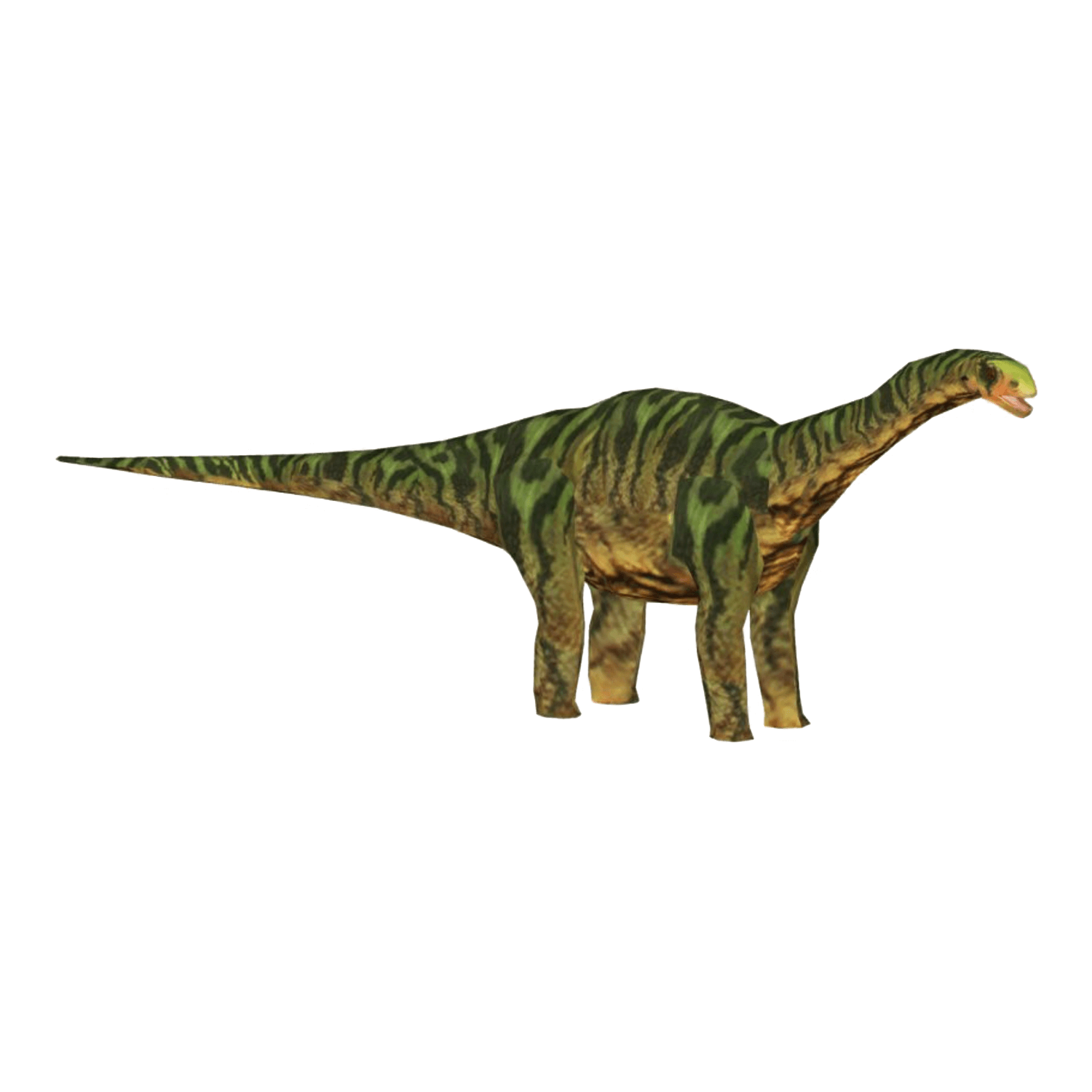
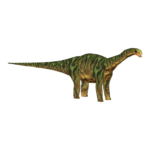
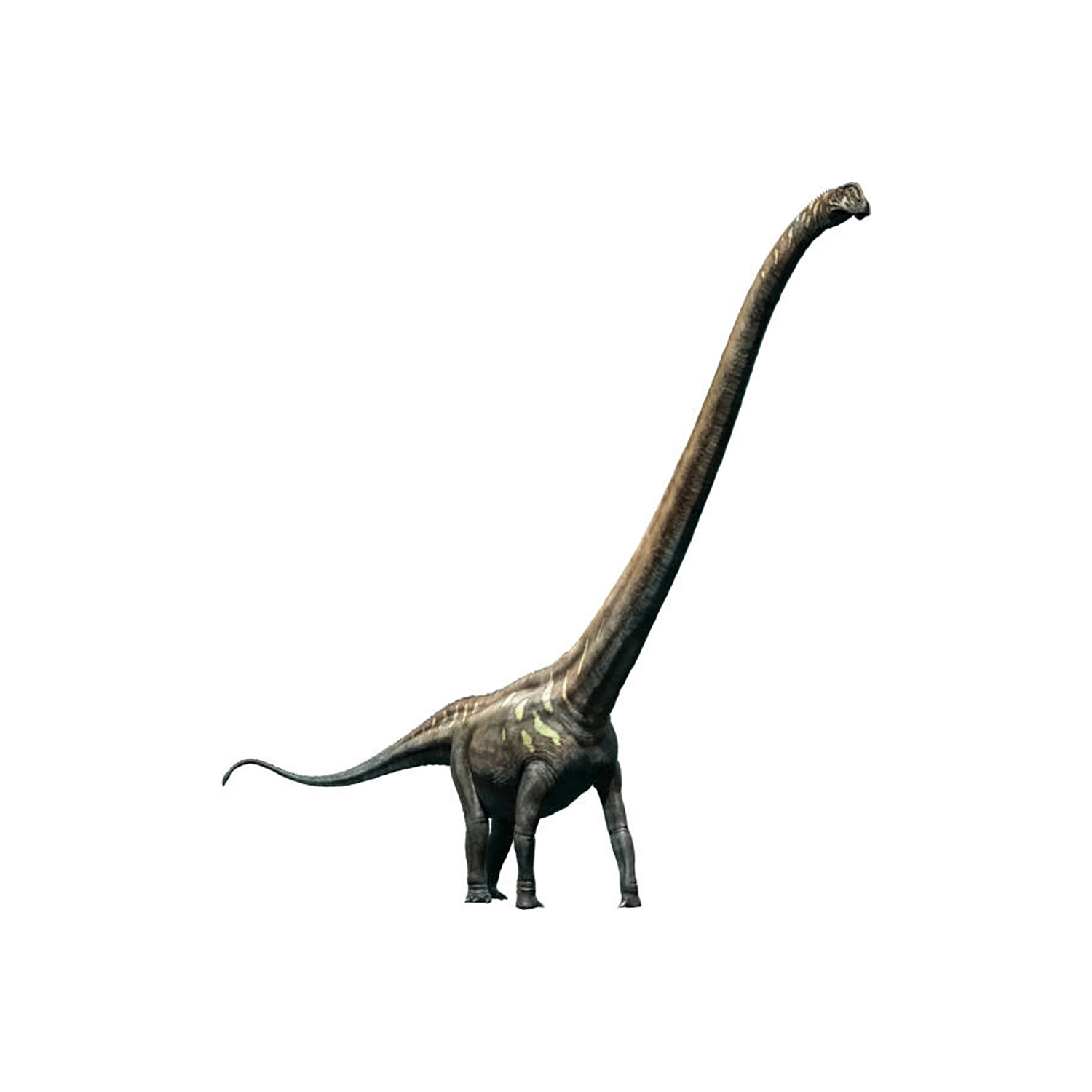
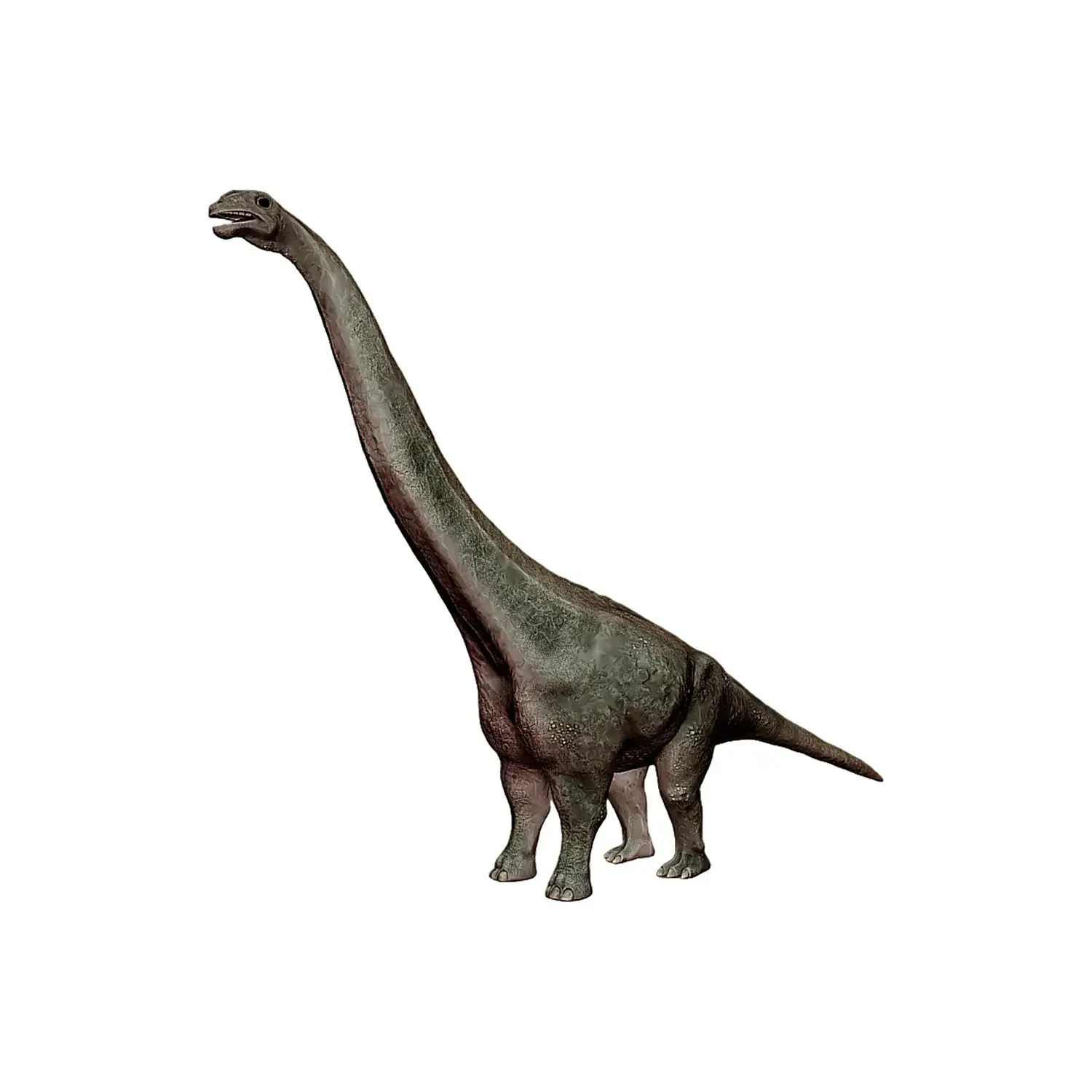

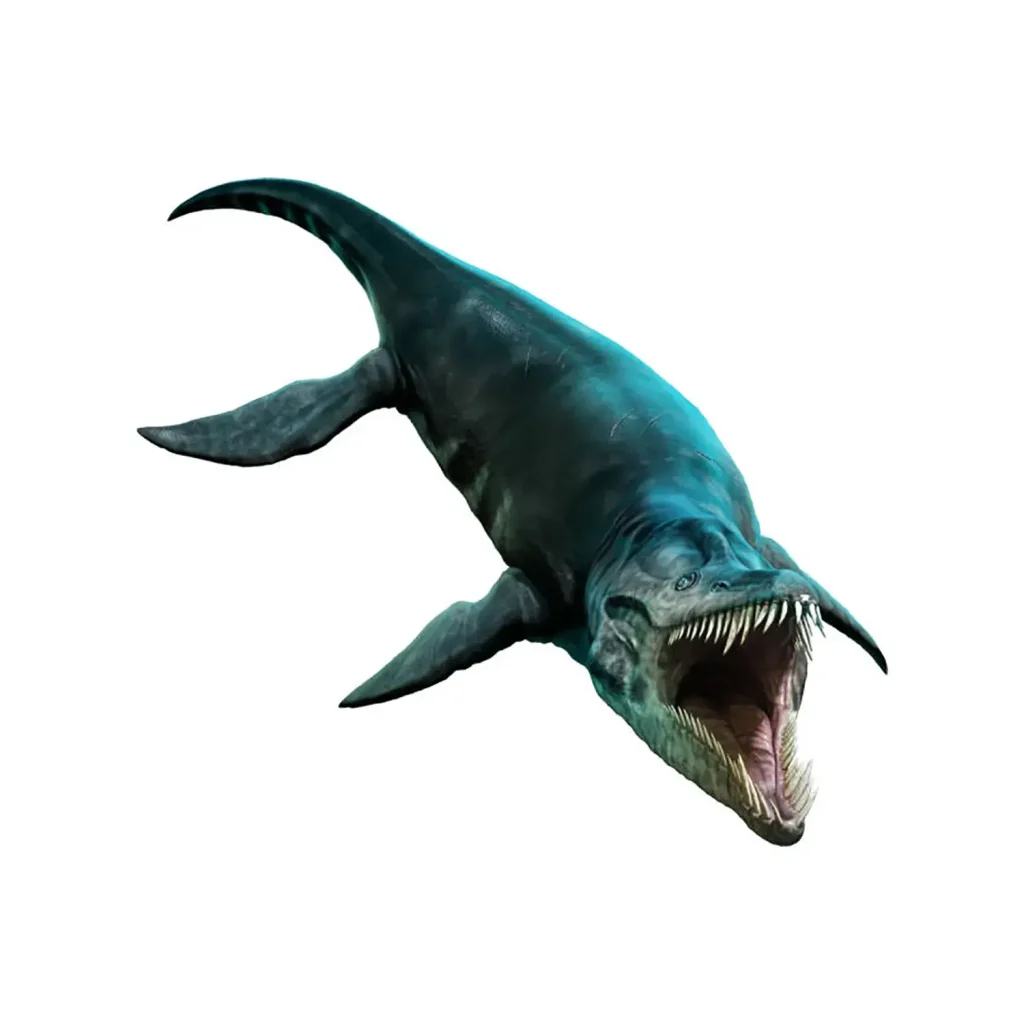
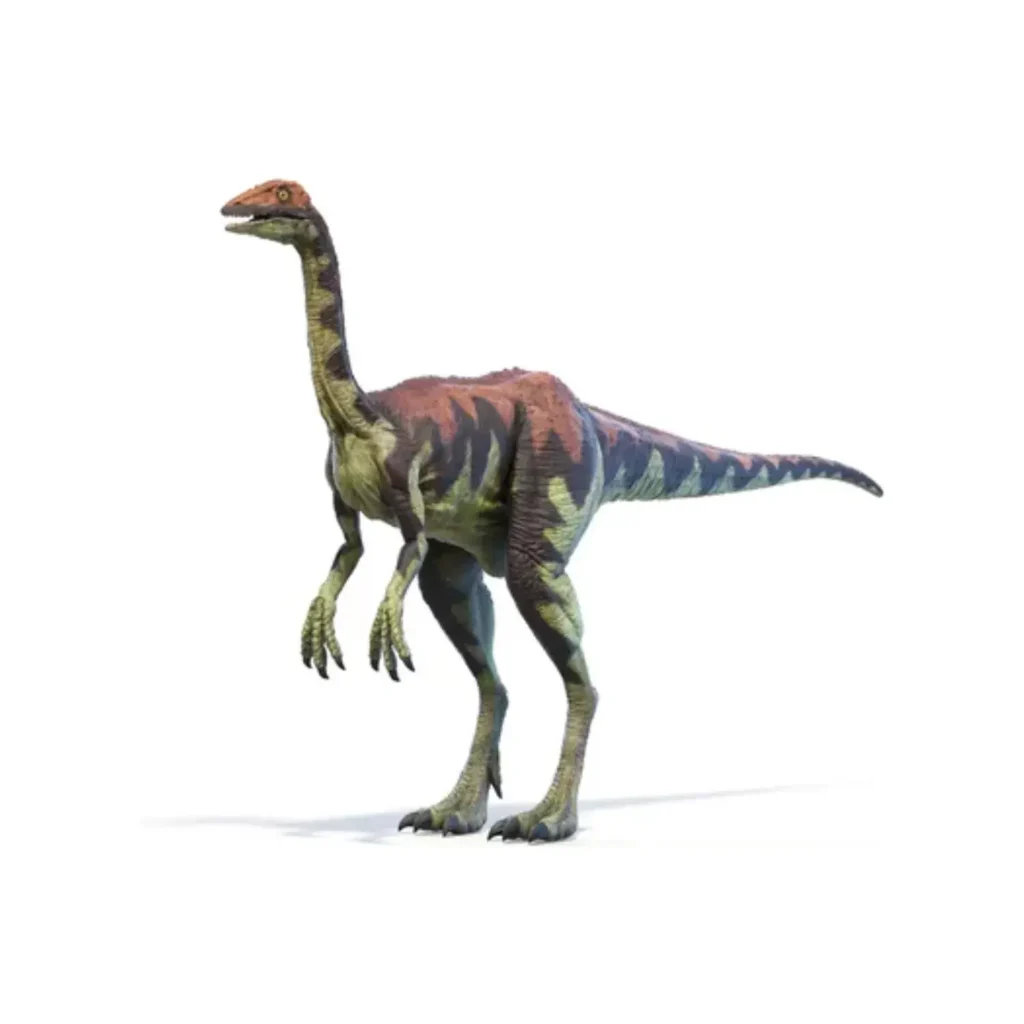
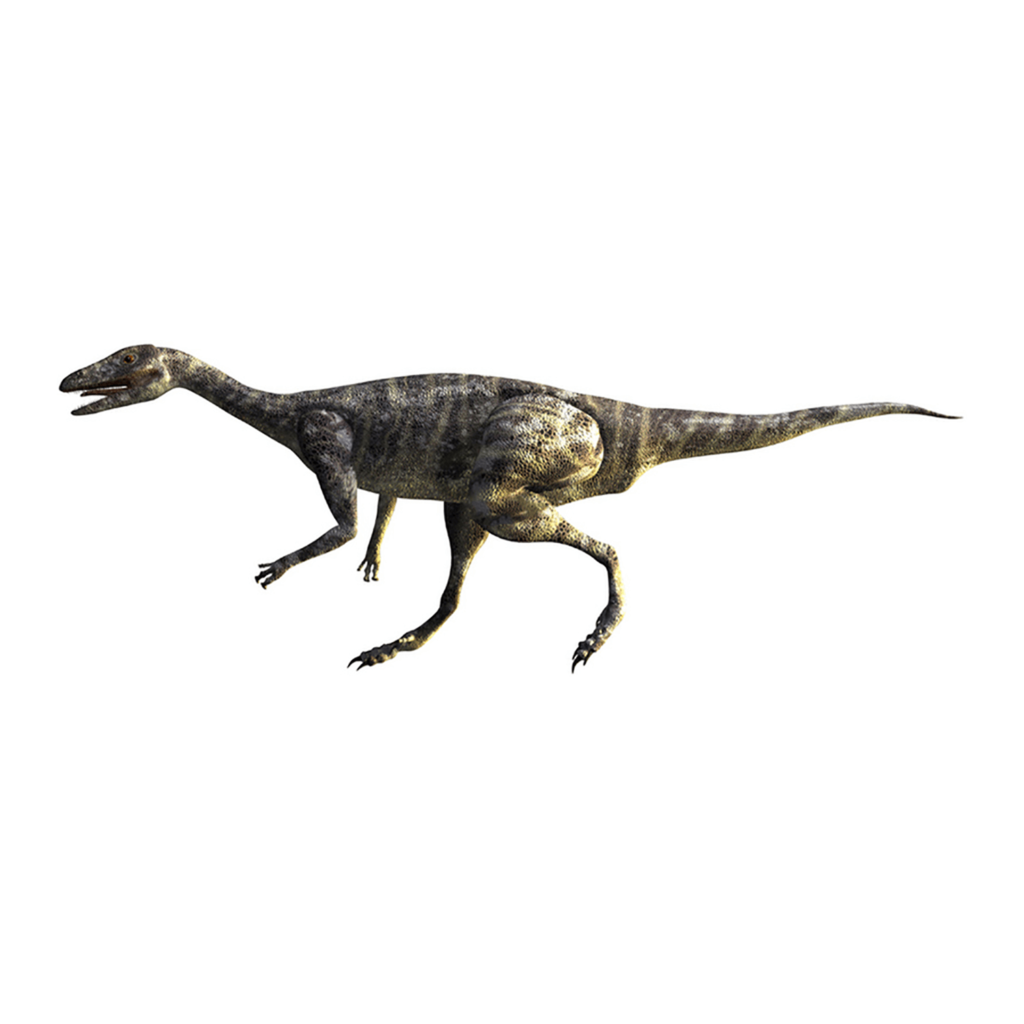
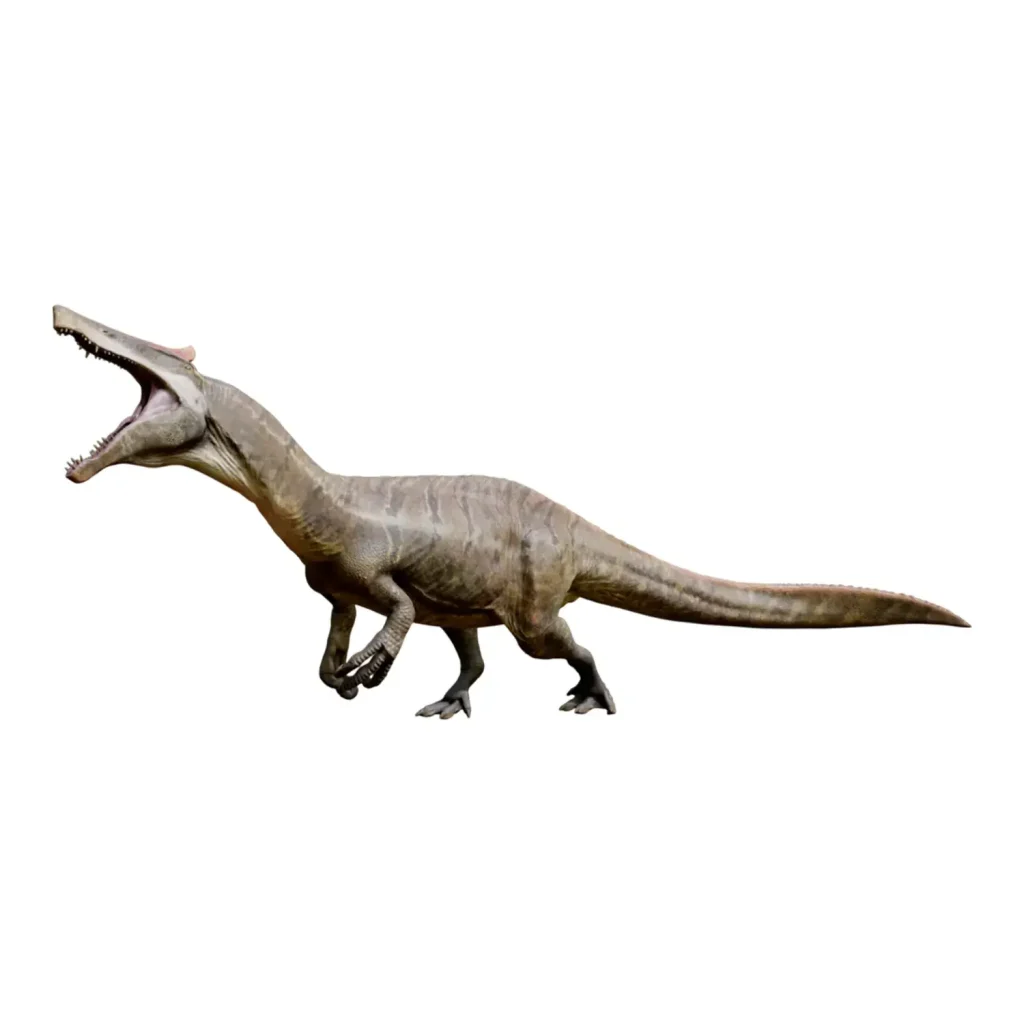













Description
Isanosaurus was a sauropod from Southeast Asia that lived during the Late Triassic period.
Its fossil is one of the earliest of the sauropodomorpha, making it a very important discovery as it shows the evolutionary path that led to the giant sauropods of later eras.
Primitive, Yet with a Unique Evolution
Although only a small portion of the Isanosaurus fossil has been found, its spinal and thigh bones were similar to those of later, giant sauropods, and not to the more primitive Plateosaurus.
Its skull has not been found, but it is believed to have been small with a short jaw.
Its teeth were spoon-shaped and were well-suited for biting off plant leaves.
Its femur was also straighter than that of a prosauropod, which is thought to be a result of its adaptation to walking on four legs.
Elephant-like Feet and a Unique Body Structure
Isanosaurus needed a huge stomach and intestines to eat large quantities of leaves and grass.
To support this, it had four legs and a large pelvis.
Its forelimbs were not as long as its hind limbs, but it walked on its toes.
The fingers of its forelimbs were flexible, which is thought to have helped it when eating plants.
The soles of its hind feet were large and covered with thick pads, much like an elephant’s.
Its wide feet helped it to support its weight, and it could stand on its hind legs to eat leaves from the top of trees.
Life in Herds and Future Research
Like the herbivorous dinosaurs of later eras, Isanosaurus is believed to have migrated to new breeding grounds and feeding areas each season.
Since fossilized footprints have been found showing that they walked in groups, it is thought that they lived in herds like modern elephants.
By supporting their bodies on four legs, sauropods were able to grow even larger, eventually evolving into the largest land animals in history.
While Isanosaurus was not that big, it is believed to have lived a life similar to its larger descendants.
This valuable fossil will be an important clue for unraveling the mysteries of early sauropods as research continues in the future.